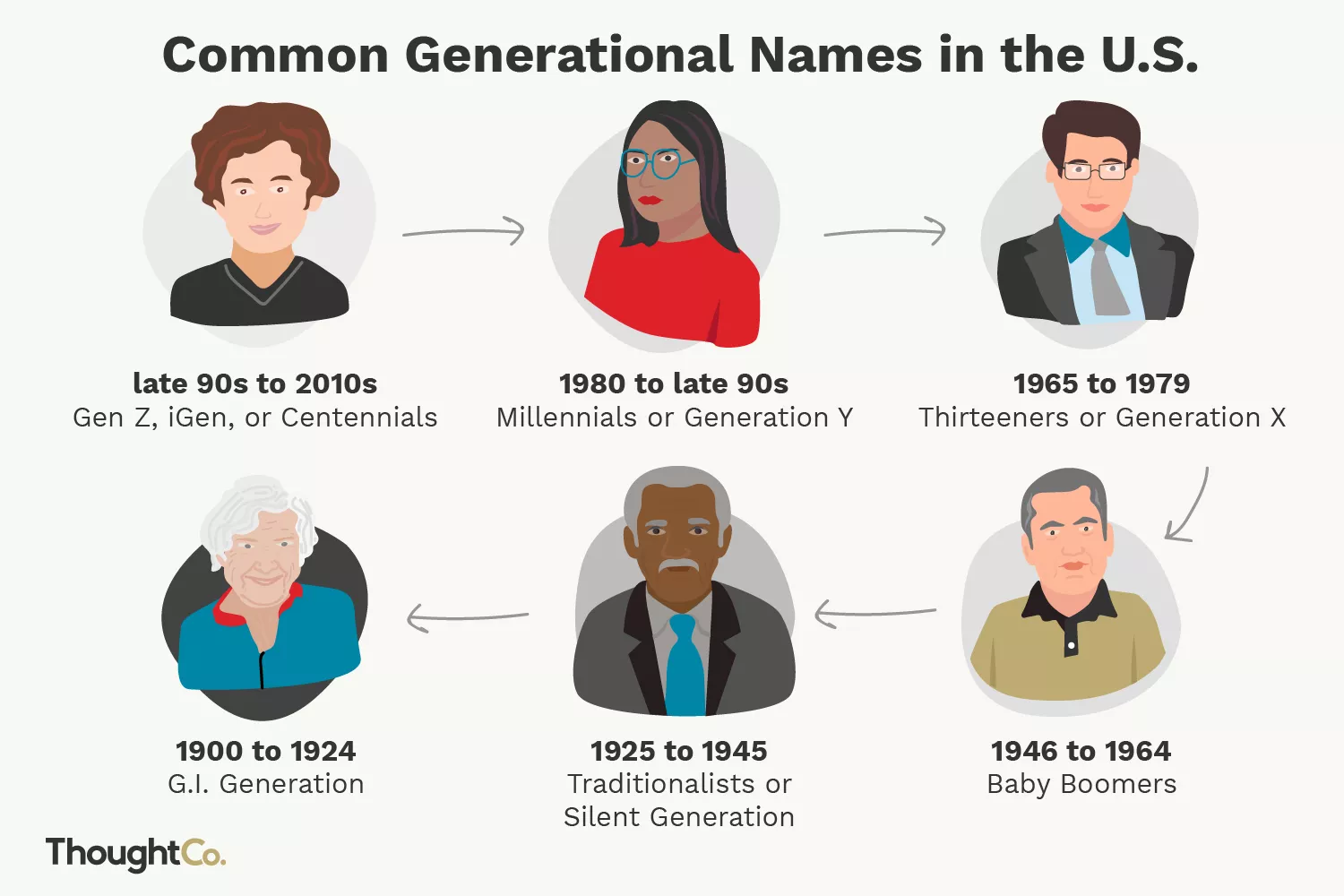Everyone seems to be talking about the impact of AI (artificial intelligence) and ML (machine learning) these days. As if ChatGPT wasn’t enough to get everyone excited, OpenAI surpassed itself by upgrading to ChatGPT4! And competitors are forced to launch their AI platforms earlier than planned.
If you haven’t tried them yet, I highly recommend you jump on the bandwagon and give these new tools a spin. They are great fun. But they can also be handy for businesses and bloggers.
Before getting into their uses, I wanted to start with a summary of where AI and ML are today.
From Text to Voice

Source: Thoughtco.com
Most of us have grown up with text communication and the written word, but Gen Z, born after 1996, is more comfortable with voice. They are less formal but far more impatient than previous generations.
They expect Alexa, Siri, Cortana and similar voice-activated personal assistants to be available whenever they have questions. With this type of search expansion into daily life, being on the front page of Google is no longer good enough. You have to be the number one answer to their questions!
[easy-tweet tweet=”Being on the front page of Google is no longer good enough; you have to be the number one answer in this voice-activated, personal-assistant-supported world we live in.” hashtags=”voice-activated, SMX, CEX, CRM”]
AI is Not One Technology
Despite what digital marketers may have hoped, AI and ML are not the solutions to all our problems. It is a series of technologies addressing various current and future customer needs.
Unlike normal analytical processes, using AI needs developers and users to start with the end in mind. Knowing what we are looking for, rather than waiting to see what the analysis brings us, needs a very different thought process. The questions asked to become as important as the answers received, if not even more so. Therefore it is advisable to make them the best you can ask. Your digital marketing has everything to gain and nothing to lose.
[easy-tweet tweet=”Being on the front page of Google is no longer good enough; you have to be the number one answer in this voice-activated, personal-assistant-supported world we live in.” hashtags=”voice-activated, #CEX, #CRM, #SMX”]
AI and ML are Not 100% Accurate
AI is still in its infancy, despite great leaps forward in some areas in the past year or so. For example, the language translation is still inaccurate today, but that doesn’t mean it’s not helpful. Anything that moves us towards increased customer satisfaction from our digital marketing efforts is significant. However, we must understand their limitations and not be fixated on perfection or rely totally on them.
One of the biggest challenges still prevalent in businesses today is siloed data. It is easy to see that the more information sources we integrate, the more accurate our platforms will likely be. But until we finally break down our internal silos, AI will not be able to deliver its full potential.
Taking the Robots Out of Humans
[stu alias=”subscribe_to_unlock”]
Robots are not new. Henry Ford was one of the first to realise the advantage of taking robots out of humans and, in other words, getting machines to do the tedious, repetitive tasks done until then by people.
Today we need to consider the digital workforce as an HR challenge and not (just) a technical one. Humans are not upskilling and progressing as fast as robots are. This is the real cause of any work losses that may happen as automation rolls out.
The Future of Work
Now that I’ve touched on the elephant in the room that everyone is secretly scared about, that of job losses, let’s talk about employment. The future is not so much about replacing workers as it is about expanding and amplifying their work through AI.
The future will be a world of work plus AI, not work minus AI. When, not if robots take on many of our current tasks, humans will need to supplement their knowledge with soft skills, which AI can’t replicate, at least for now. This is why I, like many others, refer to AI as augmented rather than artificial intelligence.
[easy-tweet tweet=”We should see AI as augmented intelligence rather than as artificial intelligence. We are not replacing people but increasing their capacities in many areas” hashtags=”#AI, #Digital, #DigitalMarketing, #Intelligence”]
One area that will certainly need a tremendous amount of human input is speech analytics. You probably don’t realise I unless you’ve learnt another language or two, but speech has an enormous diversity in how to say the same thing. Just ask any owner of Alexa, Siri or Cortana! Sometimes their responses are hilarious, at least at first, but these quickly become irritating and frustrating when you can’t make yourself understood.
If robots are to understand humans, these alternative expressions must be programmed before being understood. Although machine learning may speed our progress, humans must identify and create the foundations.
AI and Care Centers
Most businesses today have customer service departments,s and many are jumping on the bandwagon of requesting AI. However, most don’t know why they need it! The case for AI has to be put into terms of its business impact and relevance to be valued beyond mere “modernisation.”
Ask anyone who has chatted with a bot or gone in circles on self-service push-button phone lines! So many corporations today have increased their technology but have not improved customer satisfaction. That’s a very costly investment!
AI is already proving great value in following and analysing customer service connections. A supervisor can’t listen in or read every exchange, but AI can. However, as previously mentioned, understanding speech is still in its infancy, especially regarding sentiment. An agent will quickly sense when something is wrong or unsatisfactory answers, even when the customer says everything is alright.
The customer journey that led to the connection is just as important as the call itself. This is where total integration of all touchpoints is vital. The customer already sees them as such, but most companies do not. This leads to irritation when customers must repeat their details and experiences with each new customer service agent.
It could be easily eliminated by simply integrating multiple data sources and assessing the customer’s “effort” in getting the answers they seek. The greater the effort, the quicker a solution should be found.
[easy-tweet tweet=”The greater the customer’s effort has been in finding a solution to their problem, the quicker a solution should be found for them” hashtags=”#CEX, #CustomerFirst, #CustomerCentricity, #CRM #CEX”]
I believe not taking the customer’s perspective is the root cause of today’s less-than-satisfactory situation. Once again, adopting a customer-first strategy is the answer.
[easy-tweet tweet=”I believe not taking the customer’s perspective is the root cause of many less than satisfactory business situations.” hashtags=”#CRM, #CEX, #CustomerFirst, #CustomerCentricity, #BusinessStrategy”]
Developing Chatbots
Customers in developed markets already have far more interaction with AI than they probably realise. However, allowing for far more variation than we know is essential when developing chatbots. The challenge is understanding the variations in vocabulary mentioned previously, as well as colloquialisms, spelling mistakes, acronyms and alternative expressions.
This is why most AI platforms have launched in beta or test mode. They need usage on a large scale to improve where they are today.
Therefore, instead of aiming for perfection in brainstorming all possible variants, our time is better spent identifying the 20% of variations that cover 80% of the cases. Ideally, we should first collect information and then analyse what the company will likely receive most of the time. Perfection is once again the enemy in progressing the use of chatbots.
We also need to be transparent about when chatbots are being used. It may be a good idea to make them respond in a friendly way, but pretending to be human is not a good idea. Customers will eventually understand that they are exchanging with a chatbot when the responses they are getting do not meet their expectations.
AI and ML Taking Digital Marketing to the Next Level
I’ve covered many topics around AI and ML in this post, so I’d like to finish with a summary of the major points covered. Of course, I also know many of you skim-read and would appreciate clear actions on how to make better use of these tools, so here they are:
- Digital marketing has made our communications media choice even more challenging. There are far more channels than ever, many being used concurrently, especially by the under 35’s (for example, TV and the internet).
- More brands are vying for space online. The relative cheapness of advertising on the internet means that those that didn’t have access to traditional media because of their high costs can now communicate directly with their customers.
- Customers are more demanding than ever and expect real-time responses to their questions and ever-shorter delivery times for purchased goods.
- AI and ML can improve digital marketing through predictive intelligence, content curation/creation, dynamic pricing, and enhancing the customers’ overall experiences.
- Digital is best used as an amplifier of traditional media and when connections need to be more individualised, relevant and timely. This is not always the case, so choose wisely.
[/stu]
It is an exciting time for marketing with all the opportunities that technology, especially AI and ML, offers us. However, we still face many of the same challenges we always have. Essentials such as knowing and understanding our customers more deeply, and removing the siloed information hubs within the organisation, remain critical.
Without finding solutions to these, digital marketing may be cheaper in terms of investment but could become more costly and ineffective. What do you think?

